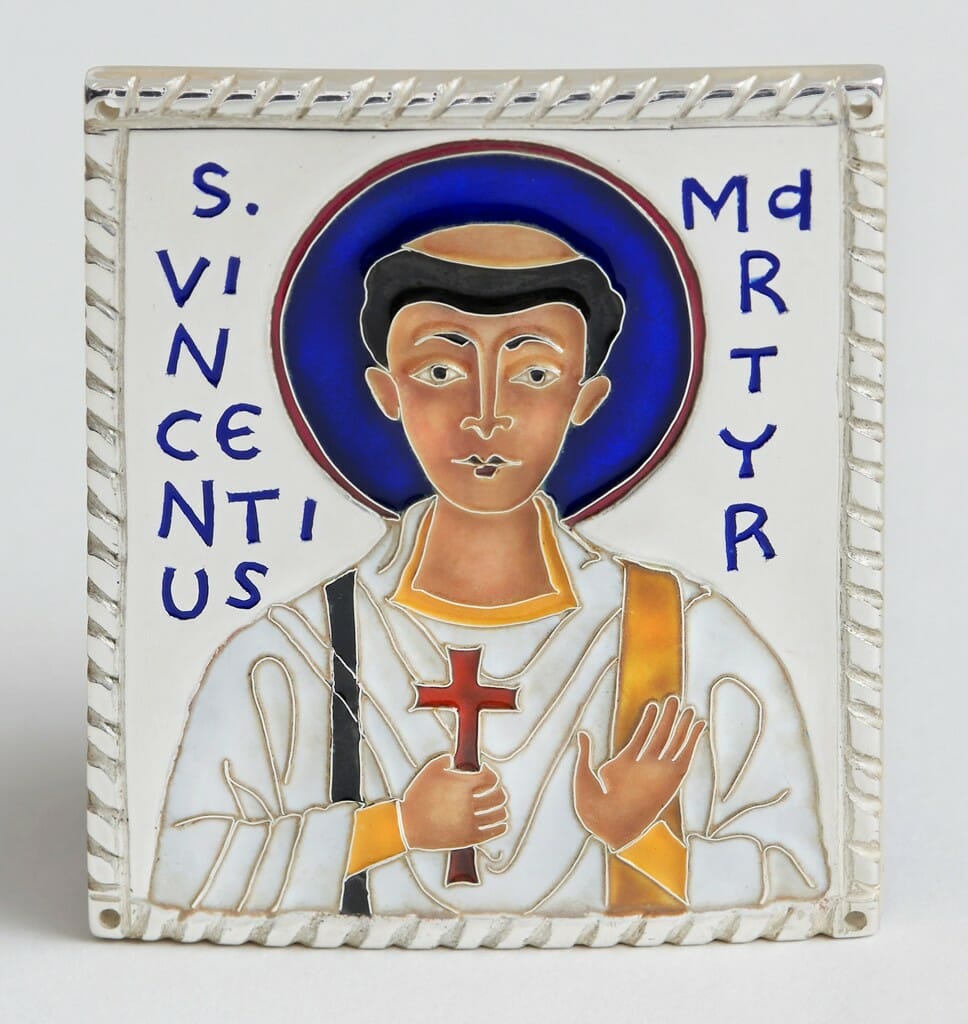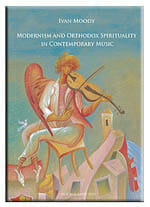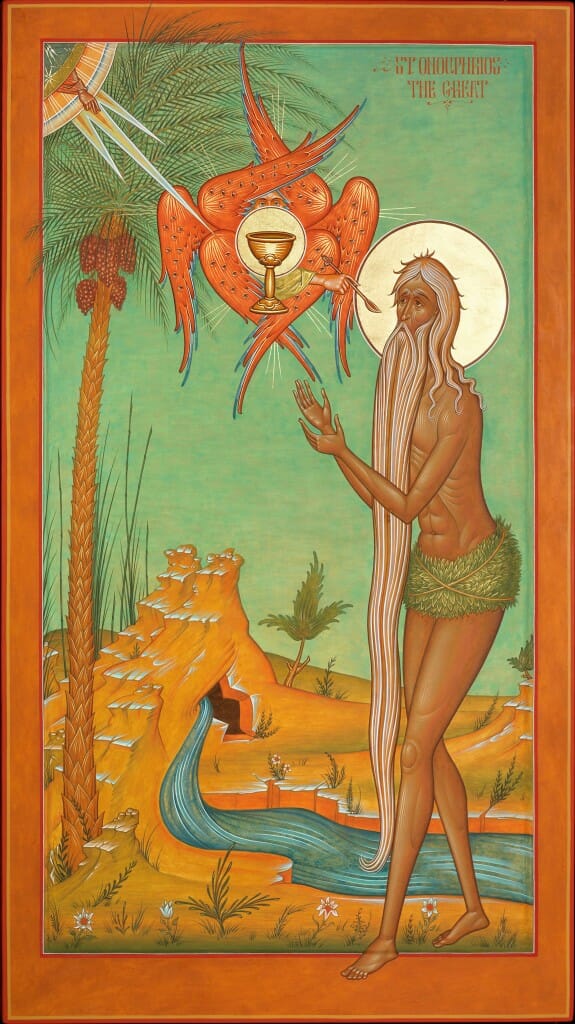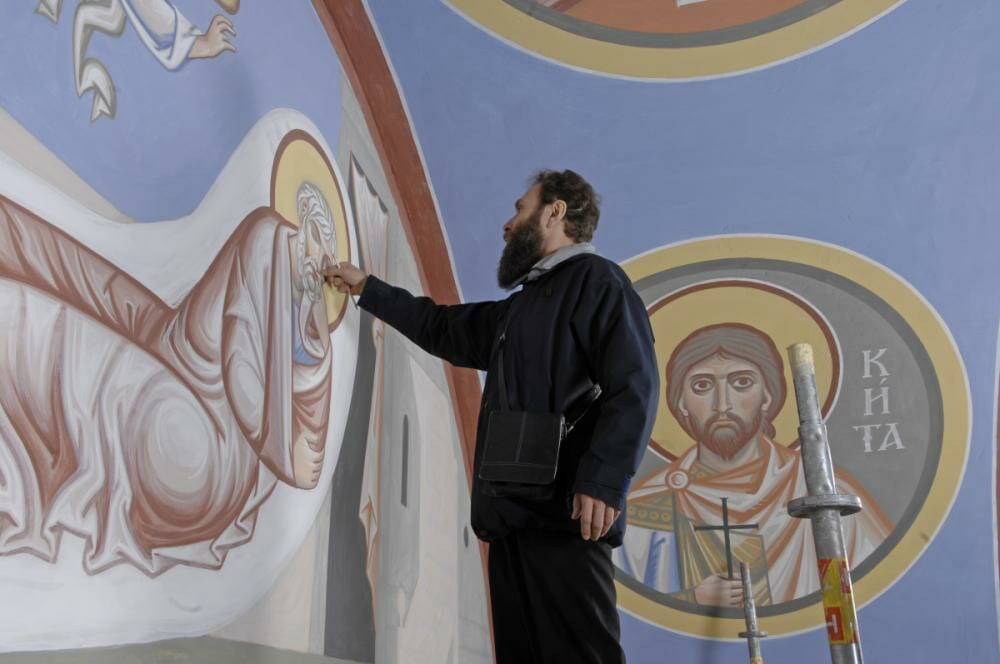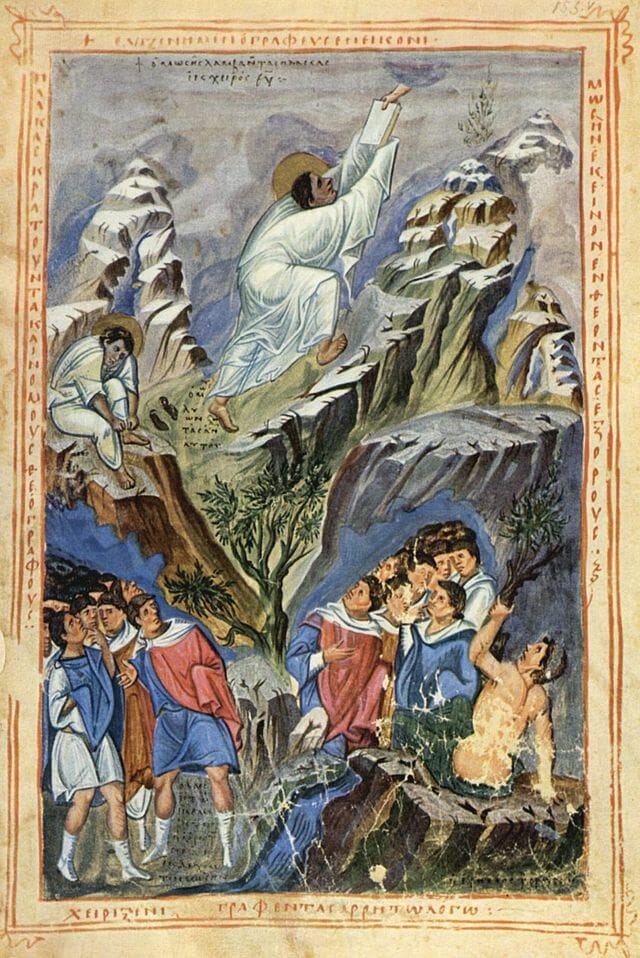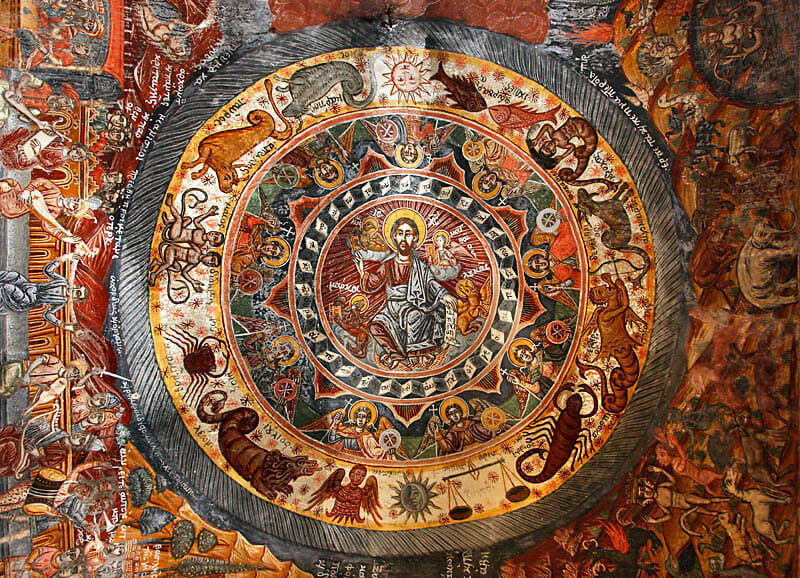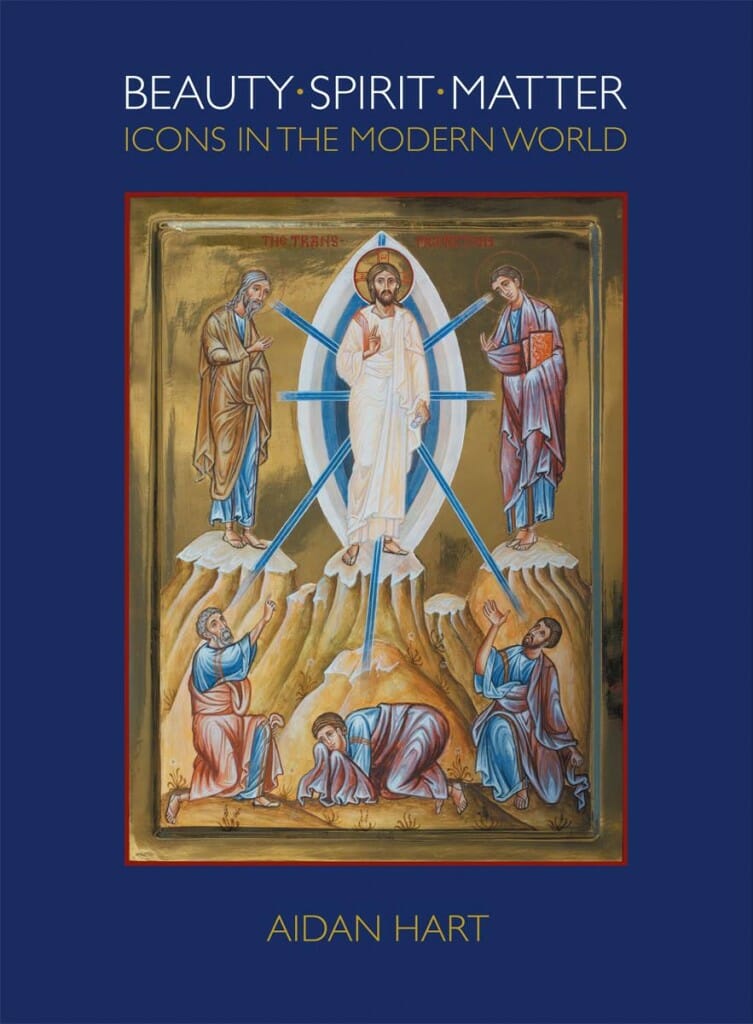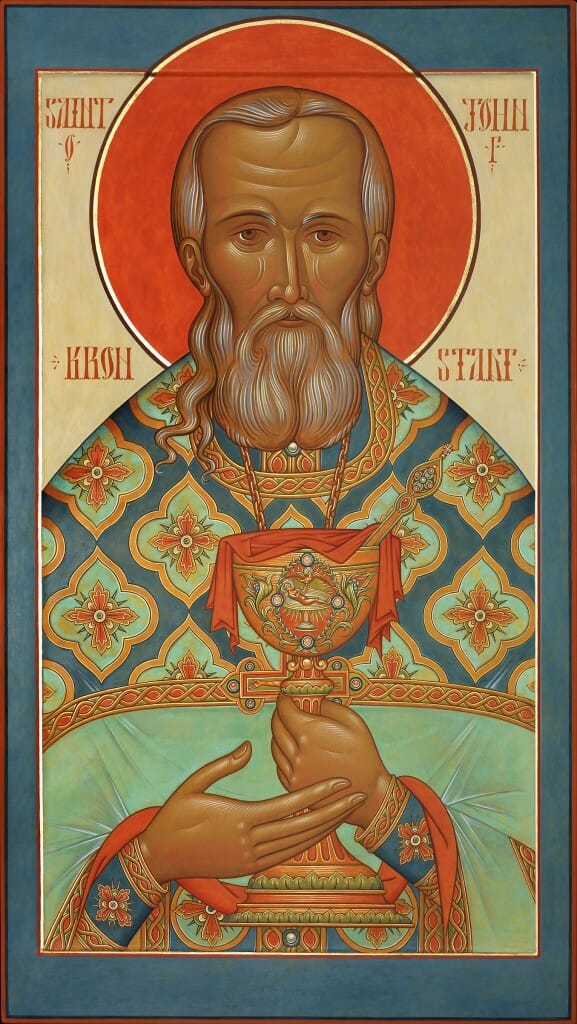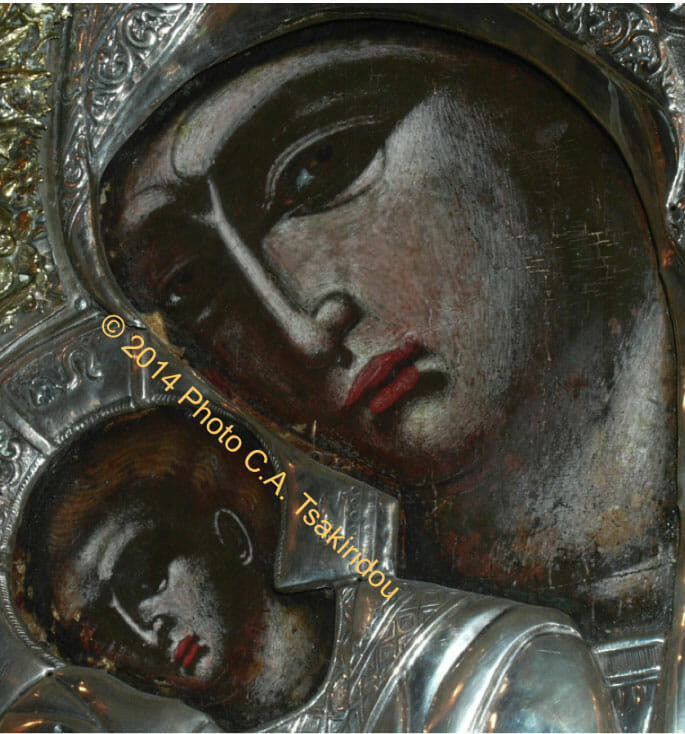Posts Tagged ‘art’
A Cloisonné Enamel Reliquary Icon of Saint Vincent of Zaragoza
Editor’s note: This article continues Aidan Hart’s recent article about a reliquary for Saint Vincent of Zaragoza and details Christabel Anderson’s process for making the cloisonnée icon. This article contains a background to the history and technique of cloisonné enamel and a description of the processes used in making the cloisonné enamel icon plaque of Saint Vincent…
Continue reading »The problem of art in Anglophone Orthodoxy: a review essay
Recently, an online exchange about public outreach efforts with respect to various aspects of Orthodox music and music of Orthodox composers led the following comment by a discussant: What exactly is so “Orthodox” about any kind of pure music? […] [T]o associate any composer with the Church is an empty exercise, since music has only…
Continue reading »On the Gift of Art…Part IV: Challenges After the Clash
This is post 4 of 5 in the series “On the Gift of Art… But, What Art” Fr. Silouan explores points of contact and departure between traditional visions of art and contemporary art as we know it today. On the Gift of Art… But, What Art? On the Gift of Art…Part II: The Traditional Doctrine…
Continue reading »ARCHIMANDRITE ZENON (THEODOR): His Life and Work
I am not given to adulation: it places too heavy a burden of expectation on the unfortunate recipient, and often hinders the adorer. But I must confess I border on adulation for the works of the contemporary Russian iconographer and fresco painter, Archimandrite Zenon (Teodor) Every once in a while an iconographer appears who is…
Continue reading »Where is Heaven?
This is post 2 of 4 in the series “Ancient Cosmology Today” Jonathan Pageau uses a phenomenological approach to explain traditional cosmology and its symbolism, explaining in what manner it is crucial to our experience of being in the world. Most of The Time The Earth Is Flat. Where is Heaven? Heaven and Earth in…
Continue reading »Most of The Time The Earth Is Flat.
This is post 1 of 4 in the series “Ancient Cosmology Today” Jonathan Pageau uses a phenomenological approach to explain traditional cosmology and its symbolism, explaining in what manner it is crucial to our experience of being in the world. Most of The Time The Earth Is Flat. Where is Heaven? Heaven and Earth in…
Continue reading »Book Review — Beauty-Spirit-Matter: Icons in the Modern World, by Aidan Hart
For the past 12 years or so, when perusing Aidan Hart’s essays and lectures, I often wondered if they would ever be published in book form. So it was a pleasant surprise to encounter some of them collected in Hart’s most recent book, Beauty-Spirit-Matter: Icons in the Modern World. It’s a long overdue book, bringing…
Continue reading »An Icon of St-John of Kronstadt by Fr.Silouan Justiniano
Father Silouan has sent me a picture of his most recent icon of Saint John of Kronstadt. I wanted to point out some of the elements which appear in his icon as examples of what Fr. Silouan has been discussing in his articles. In several of Fr. Silouan’s articles he has been addressing the need for…
Continue reading »Aesthetic Nepsis, Enargeia and Theophany: Looking for the Christian Image
This article was written by Dr. Cornelia Tsakiridou, associate professor at LaSalle University and author of Icons in Time, Persons in Eternity. The content is based on the talk Dr. Tsakiridou gave at Princeton University on March 13th, 2014 which was sponsored by Princeton’s Orthodox Christian Fellowship and Florovsky Society. Introduction (1) Saint Porphyrios the Kausokalyvite used to…
Continue reading »Holy Icons in Today’s World (Pt.1): Insight into Contemporary Issues
Editor’s note: This is the first part of a talk given by Aidan in Texas last December (1). Images are taken directly from his presentation. We are made to be gods by grace, sons and daughters of the Living God. If we only saw what majesty and dignity is bestowed upon each of us here…
Continue reading »
